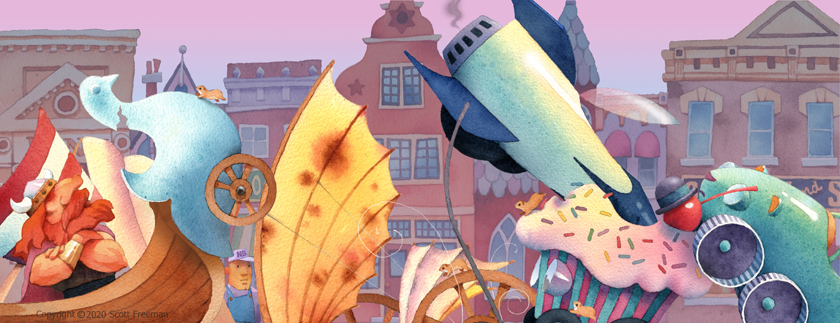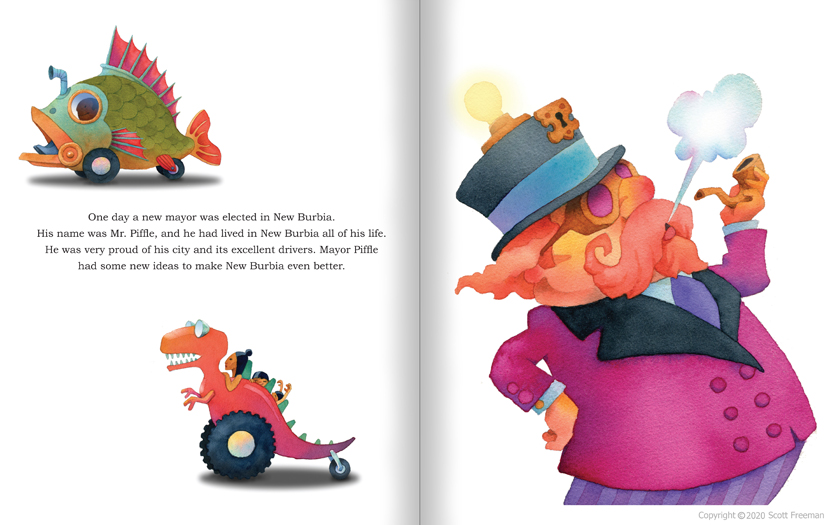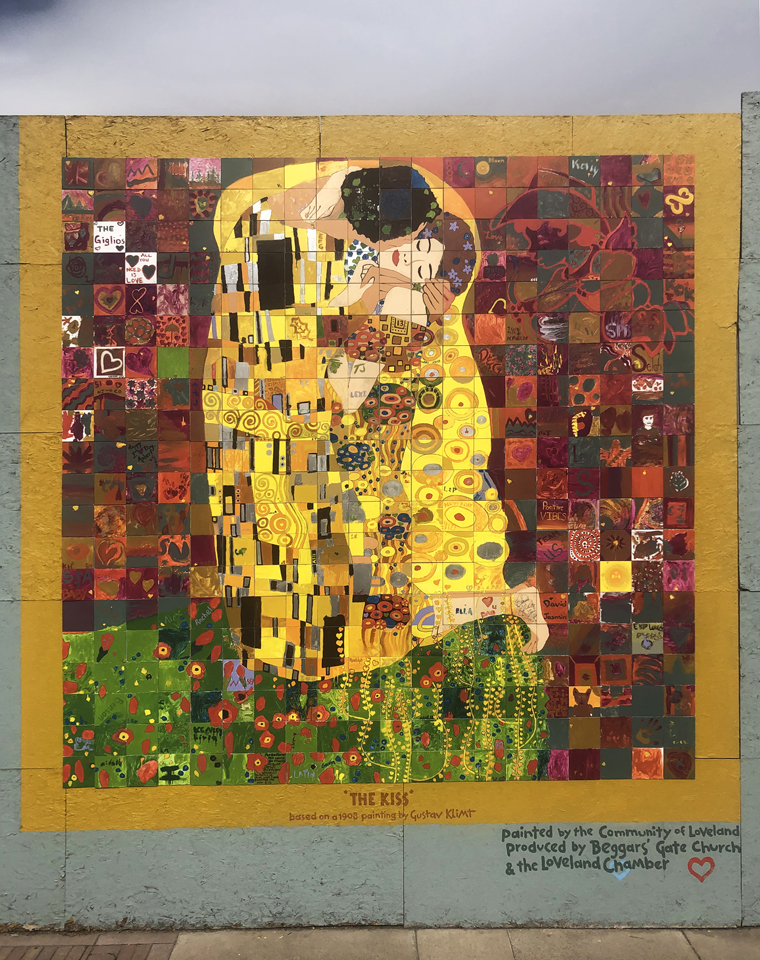
I was recently invited to share my thoughts at a Unitarian-Universalist (UU) church service in California, via Zoom. According to my host, it is a very liberal congregation in a liberal geographical bubble. Apparently members of the congregation run the spectrum of social liberalism including LGBTQ folks, and some who were formerly evangelicals. Bruce, my host, considers himself to be an atheist.
Bruce and I connected through a Braver Angels event and have since talked weekly over Zoom for some six months. It has been quite an adventure for both of us, and not always a comfortable one. I would say our aim has been to understand each other, with permission to each respectfully challenge the other’s opinions.
At some point Bruce got the idea to share what he was doing with his UU church. Then it occurred to him to have me share as well, I guess just to keep it real. His minister was open to having me as a guest, and so we planned a service, which occurred in April, 2021. Below I’ve linked an edited video of the pertinent parts in case you would like to hear what was said.
To their credit, Bruce and his pastor took a risk in inviting me in. They told me about how they’d wrestled with why it was so difficult to invite me in. They knew they could invite a Buddhist, or a Muslim, or a Rabbi, or an atheist to speak, and everyone would pretty much be fine with it. But for some reason it was daunting to consider inviting a conservative evangelical Christian who voted for Trump twice.
I’m happy to report that the church was very welcoming toward me, and there was a lot of positive feedback afterwards. I did not go into many specifics on triggering issues, even in the Q and A time that followed. My intent was not to trigger people. The point was to inspire people to seek understanding with neighbors or family members who think differently than they do.
I’ll let the video speak for itself. It’s a half hour long but I think you’ll find it interesting. Plus the pastor has a cool Scottish accent. I’d love to hear your feedback.
The Cause of the Divide
If you’ve followed this blog for long you know that I consider American society to be toxically divided. I’m concerned about this and I’m not alone. It is now common to hear people bemoan the loss of civility and respectful disagreement in human discourse, especially in political discourse.
How did we get here? Is there something different going on now than in previous generations?
I think there is. At the risk of sounding partisan, I believe that the divide has been created and nurtured by the far Left, and foisted onto the mainstream. It’s a simple worldview issue. Allow me to make my case.
To be specific, in referring to the Left I am not referring to some fuzzy notion of liberal-ish stuff that I happen to dislike. I’m referring specifically to a neo-Marxist worldview – a view that sees the cause of the world’s inequities and injustices through a lens of oppressor vs oppressed. Whether between economic classes, races, genders, or ideological parties, the Left by definition promotes division and, ultimately, a re-structuring of a supposedly oppressive system via revolution.
So for example, if there is a minority group that is suffering oppression, such as a higher rate of poverty, abuse, COVID deaths, unemployment, addiction, imprisonment, or anything else negative, then there must be an oppressor according to a neo-Marxist worldview.
It would be worth discussing with a neo-Marxist whether or not life is quite this simple.
But Marxism is not what’s new. The America Left and Right have always fought and disagreed. There is something new (and worse) going on here. In previous decades I watched the two sides battle it out in the field of ideas. At their best, opponents would cite facts, history, research, and employ rational discourse. But in the past decade the extreme Left has decided to go around the field of intellectual arguments and go straight to the field of subjective feelings. By assigning conservatives the worst of motives and then leveraging peer/mob pressure and emotional manipulation, the Left has enshrined itself as morally superior.
What’s new is that the Left finally has the power to do so.
Having gained control of mainstream media, the entertainment industry, academia, big tech, and mainline church denominations, the Left now has the means to dominate the societal narrative, propagating the message that to dissent from the “progressive” narrative is to take the hurtful, hateful, oppressor position. We are all now familiar with the charge that to dissent from the “progressive” narrative is to be anti-woman, anti-gay, transphobic, racist, white supremacist, xenophobic, anti-immigrant, bigoted, hateful, and so on.
Here’s the thing. All of those things truly are immoral and indefensible. If that list of adjectives accurately defined conservatives, then the Left should be exposing and shaming conservatives for the evil oppressors that they are. The problem (for the Left) is that the only way to get those labels to stick to mainstream conservatives is to torture the English language, re-write history, redefine objective reality, and shut down dissent. In my opinion that is what is happening. Plenteous examples provided upon request.
Republicans, for their part have generally not responded to this like adults. Brasher elements have gone into fight mode, which doesn’t win the middle, and allows the “hater” label to stick. They’ve tried to trump the Left with Trump, placing their faith in a man who couldn’t compete in the field of factual ideas. Instead, he responded in kind, specializing in division and bombastic rhetoric, making an already terrible situation worse. I think the saber-rattling, conspiracy crap, and patriot pumping on the part of Republicans is a reaction to the Left’s strategy of unjustly framing them as the great white cause of all the world’s suffering.
Is anyone ready for something better and more honest? Is anyone tired of watching the pendulum-wrecking ball swing back and forth?
The Solution
We have to talk to each other. Neither side is going to go away. Neither side is going to allow the other to force its will onto the other. Ask yourself what the outcome will be if both sides continue the strategy of “hitting back harder.”
So what is the answer? Whoever you are, right or left, if you believe you have the facts, evidence, and the truth on your side, then you have nothing to lose by seeking mutual understanding with “the other side.” In all likelihood, you will find facts, evidence, and truth on both sides. If that weren’t the case America wouldn’t be split down the middle. There are legitimate concerns on both sides of every issue.
People of radically differing worldviews will not agree on specific solutions. So then what is the point of talking? The answer is that we can at least get back to respectful disagreement as fellow human beings. Liberals need to get to know conservatives. If that sounds one-sided, that’s because it is. In my experience, conservatives generally understand liberals; we just disagree with them. We recognize that liberals believe they are acting out of a sense of compassion and social justice. But the reverse is not true. A great many liberals really do believe that conservatives are racist, anti-gay, anti-woman, xenophobic, etc.
It may be up to conservatives to take initiative in seeking mutual understanding. The end result will probably not be a changed worldview for anyone. But it is a very realistic goal that we can return to a place of respectful disagreement in political discourse if liberals can recognize that mainstream conservatives are not motivated by hate. That would be a win for everyone. We can communicate without the divisive labeling. The video will give you some ideas on how to get there.
Looking for a gift? My new kids’ storybook, The Friendly City, helps kids navigate a culture that is in decline. Visit my BOOKSTORE for more info.










































